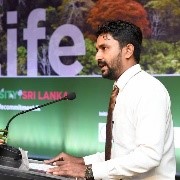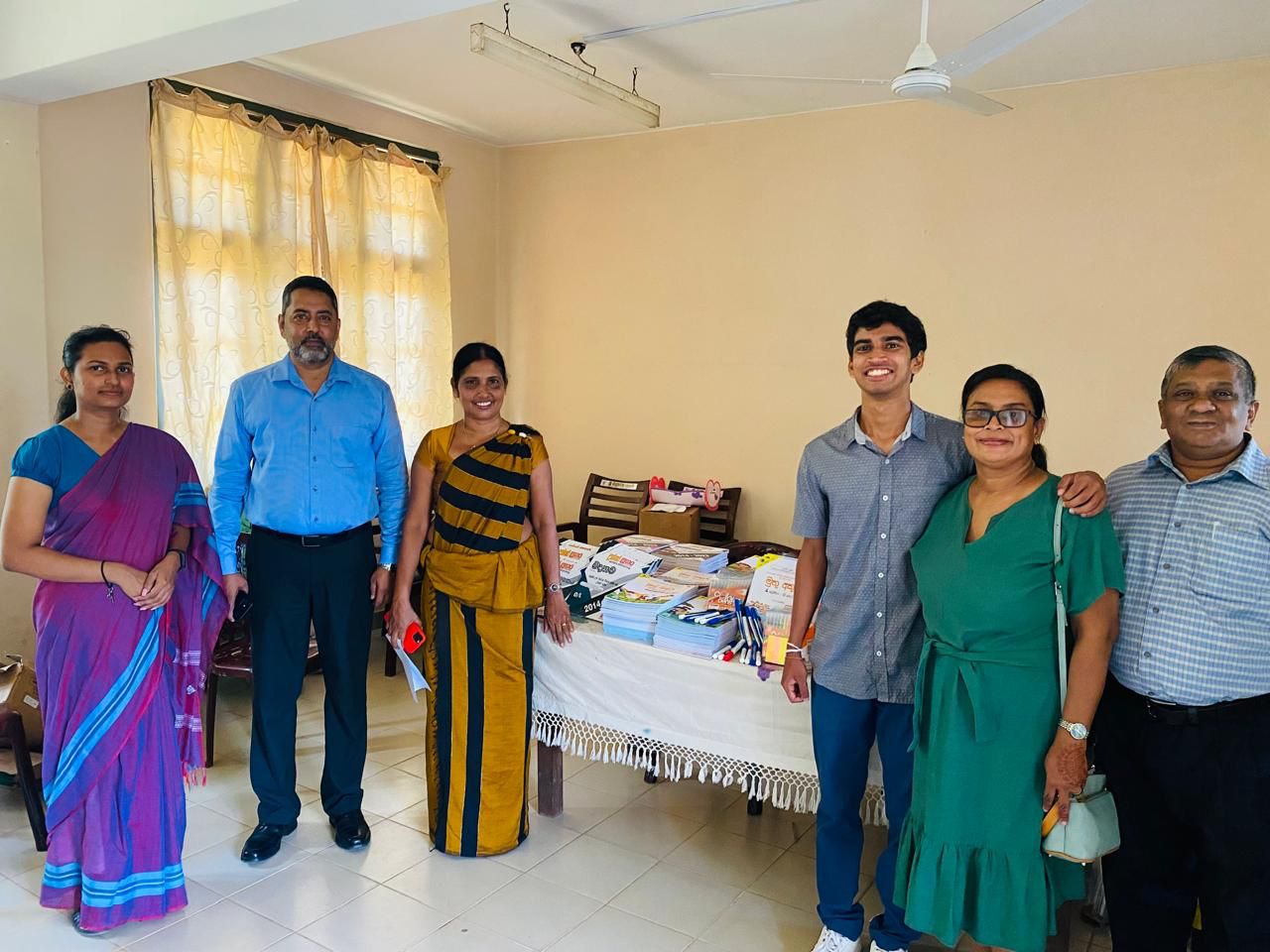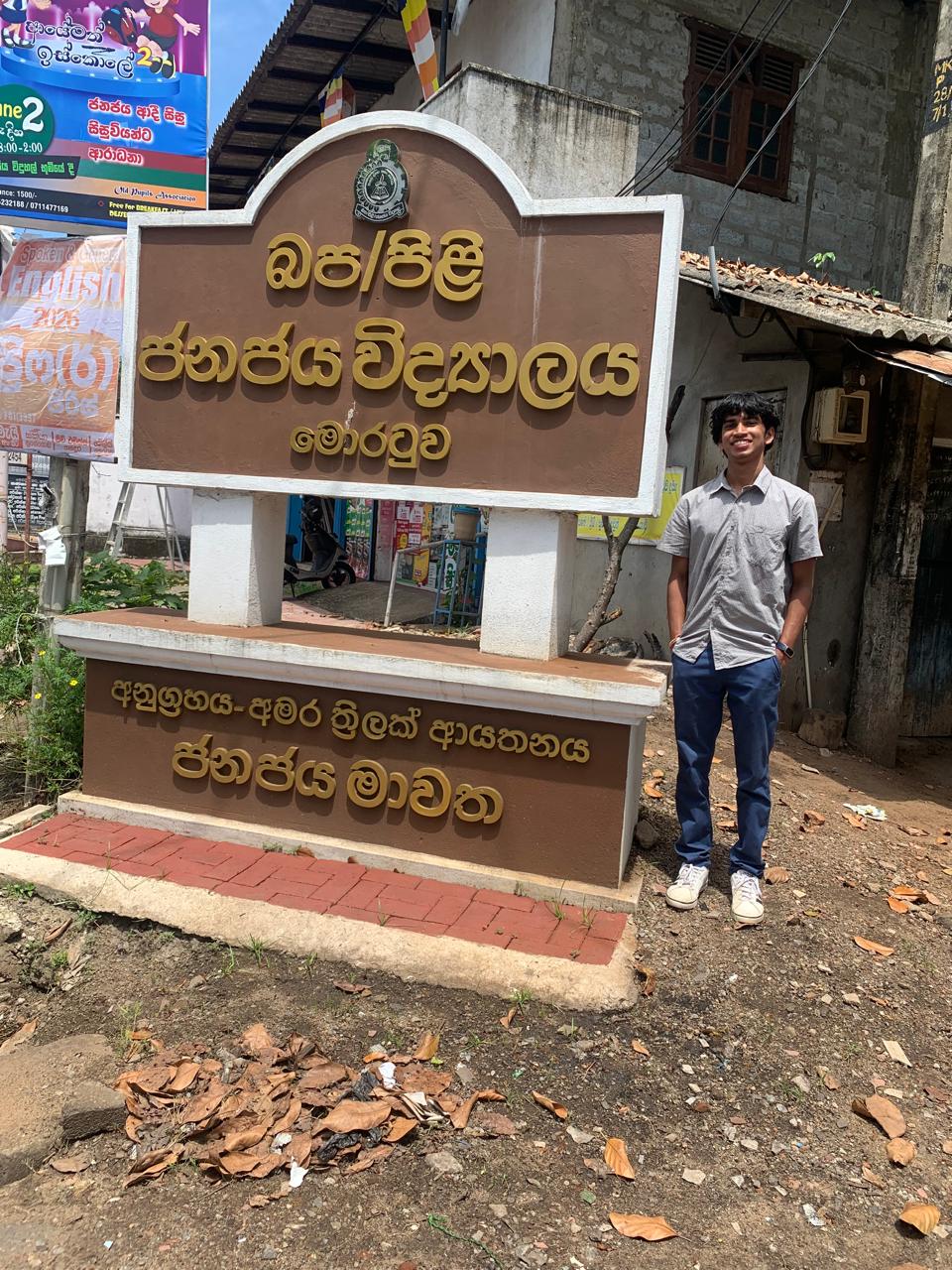Killing two birds with one stone – Establishing community-led recyclable waste collection networks in underserved areas will raise plastics waste collection rates with economic benefits to local disadvantaged groups – Roshan Salinda
Solid waste management is identified as a critical social, environmental, and health issue with a multitude of economic consequences in developing countries, including Sri Lanka. Among the types of solid waste, plastics waste, for some of which types downstream recycling solutions are available, has surfaced as an increasingly growing menace. According to the National Action Plan for Plastics Waste Management (NAPPWM) in 2021, the country generates 10,768 Metric Tons of plastic waste per day (MT/D). From that, the total plastic waste generation is estimated to be 938.42 MT/D, roughly constituting 9% of the total waste per day (MoE, 2021). Plastic waste collection by both formal, municipal solid waste collection system, and informal actors is approximately 300 MT/D (MoE, 2021). There is a mismanaged plastic waste volume of 638.12 MT/D, which remains totally uncollected on a daily basis (MoE, 2021). From the mismanaged total plastic waste volume, a very high share of 419.47 MT/D (MoE, 2021) is openly burnt in individual locations, creating an array of health effects on the surrounding people. Furthermore, 139.82 MT/D is discarded at individual locations. 70 MT/D is illegally dumped into local vicinities, and 8.45 MT/D is directly discarded into water sources (MoE, 2021). NAPPWM cites that Sri Lanka recycles 25% to 30% of PET waste. The officially reported recycling percentage for all types of plastics is identified to be a single-digit figure.
As per the Pradeshiya Sabha Act No.15 of 1987, Urban Council Act No.61 of 1939, and the Municipal Council Ordinance No. 16 of 1947, the responsibility of solid waste management (SWM) is vested with the Local Government Authorities (LGA). However, the country’s plastic waste collection and recycling ecosystem consists of a variety of players, including grassroots level waste pickers, informal waste collectors, organized waste collectors (micro, small and medium type), and institutional actors/ large scale collectors and recyclers. The informal sector plays a critical role in the latter part of the plastic value chain, but often their contribution is not properly quantified or adequately recognized. Different types of private sector/ individual collectors and recyclers employ various methods, including waste collection carts, collection lorries/ bikes, special events - beach cleaning programs, drop-off bins/collection bins/ collection huts, online app/ web platforms, Trash2Cash - reverse vending machines, collection centers/buyback centers and material recovery facilities (MRFs) for plastic waste collection.

In urban areas where modern trade is predominant, plastics waste generation is high. Similarly, sensitivity to the issue is also high, and therefore, responsible disposal practices could be observed to some extent. Furthermore, in most urban areas, the municipal waste collection system attempts to provide a decent service despite inherited shortfalls. Drop-off bins are a common sight at supermarkets located in key urban centers. In some places, high-end solutions like reverse vending machines are available. There are entities that employ web-based platforms/ mobile applications to provide waste collection services in greater Colombo and some other urban hotspots. Given the above, one could safely argue that a reasonably fair number of methods are available for plastics waste collection in Colombo and other highly urban centers. Therefore, when a new plastics waste collection method/ project is introduced in these areas, what would usually happen is existing collection gets re-routed through a different channel, without increasing overall collection levels.

Goals 9 and 10 of NAPPWM are directly related to increasing plastic waste collection and recycling, as goal 9 aim to increase plastics recycling from 4% to 15% by 2025, and goal 10 sets the target of reaching 100% PET collection rate by 2025. To achieve these targets, it is essential to focus beyond highly urban cities, particularly in the Western Province. However, solid waste management is not a terribly important issue to local communities in rural areas. Therefore, the interest of rural communities to engage in SWM-related activities remains inconsistent. This is evident when we consider rural areas where people dump kitchen waste in their backyards and burn plastics with household refuse. Along the coastal lines of Sri Lanka, significant quantities of plastics waste remain available to be collected, but fisheries communities have not capitalized on the opportunity thus far. Appealing for action by rural communities on environmental grounds does not gain much traction, as at best, the interest is short-lived, especially when faced with the challenging realities of day-to-day life. Awareness programs appear to be suboptimal given the wider awareness and action gap. Social behavior changes take a very long time to materialize, and it is challenging to sustain them in the long run due to fast-changing local dynamics.

Introducing recyclable waste collection as a main/ additional livelihood opportunity to rural communities, particularly to women, and organizing them in networks is an attractive option to promote community involvement in solid waste management at the local level. Furthermore, decentralized collection networks involving women and youth in rural areas where plastics waste collection does not happen presently will contribute to retaining plastics waste materials within a circular framework while increasing the overall plastics waste collection figures of the country. To establish and sustain such networks, one extremely important factor is offering a reasonable price to various plastic waste types so that local communities are properly incentivized and compensated for their involvement. One of the positives is that one does not need costly equipment or machines to initiate plastics waste collection. Nevertheless, some transport options such as push carts or push bicycles with box carriers or e-bikes with storage compartments would be useful in collecting bigger volumes and covering areas beyond one’s immediate vicinity. These options would address one of the main challenges in operationalizing collection networks, which is high transport costs. The other challenge is having adequate storage facilities, as materials need to be stored temporally until they are processed or moved to the next stage. Focusing on all types of recyclable materials, for which there is demand and decent price, would be advantageous in increasing the income that could be generated.
Given the economic hardships faced by households, people are in search of additional income-generating opportunities. Thus, recyclable waste collection is one such strong opportunity that could be initiated with very minimal investment.
 The writer is a policy advocate currently attached to the USAID Ocean Plastics Reduction Activity Sri Lanka and Maldives, implemented by RTI International. The author’s personal opinions are expressed in the article and He would appreciate feedback on the article through rnarasinghage.contractor@rti.org
The writer is a policy advocate currently attached to the USAID Ocean Plastics Reduction Activity Sri Lanka and Maldives, implemented by RTI International. The author’s personal opinions are expressed in the article and He would appreciate feedback on the article through rnarasinghage.contractor@rti.org





